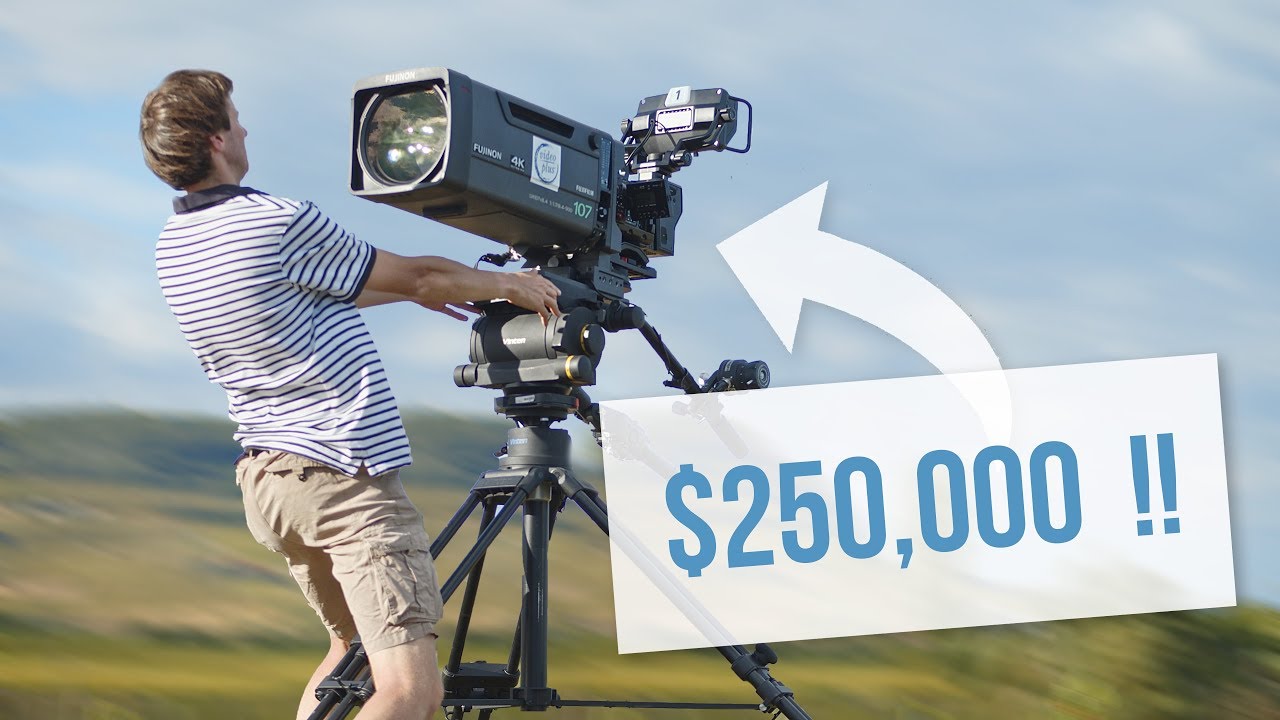TL,DW: Mainly the lens is expensive as fuck. Go to 1:20 in the video for a price list of all accessories.
So pretty much the same as prosumer cameras - from what I understand, a decent lens can cost easily as much or more than the actual DSLR
The difference is a lot more than that.
I haven’t watched the video but I have to imagine they are lugging around a portable computer to some extent. RAID SSDs for storage of native 4K footage because pyrotechnics and setup are expensive and no one wants to film that shit twice because the camera crapped out. But I could be wrong.
There’s a lot more to it than that, but yes. At least in my world, RAID isn’t really used for ingest, it’s just not fast enough- A single camera at 4k will bring a gigabit network to its knees. IP networking is making it’s way into the events space, but it’s not straightforward, and generally isn’t used for critical recording or archival, just for pushing content to screens. For recording it is usually done in camera, and this is directly piped over dedicated cabling to back of house where a recording station is set up. This cabling will either be SMPTE or SDI.
The most data I’ve recorded for a live event was on a show for a Tech Company You’ve Heard Of.
We had 8 cameras in the main room. This room ran for most of the day, can’t recall how long but let’s call it 8 hours, allowing time for lunch and turnarounds and such. This show ran for three days. We kept to good practice, and had a main and backup recording of each camera feed. They wanted ProRes 444 HQ, I managed to convince them that 422 would be sufficient. Even so, at 4k, that’s about half a terabyte per hour.
We could only get 2 terabyte SSDs in the quantity needed in time.
So that’s 2 recordings of 8 cameras at half a terabyte an hour, giving 8 terabytes per hour, for 8 hours, giving 64 terabytes a day, for three days, giving just under 200 terabytes for the main room alone.
Do you know how tall a stack of a hundred SSDs is? I do…
All good cameras are still huge and expensive. We got shitty cameras in our phones but since we stopped using proper cameras we forgot how bad they are compared to the real stuff.
He’s not talking in comparison to shitty phone cameras, but in comparison to DSLR type cameras, why they are not good enough for broadcast TV.
Keeping things in focus with enough available light to properly expose a subject in motion and compose a frame without distortion. Maybe we’re spoiled because our eyes are small and squishy, but they see pretty well. But it turns out our eyes just cheat a lot with
the biological equivalent of “AI”our brains filling in the gaps.DSLRs just don’t have the types of lenses and a ton of electronics and features that are in broadcast cameras. Broadcast cameras have things like 3-CCD sensors, built-in variable ND filters, reference/sync inputs, multiple video outputs (clean, pix) over SDI or SMPTE 2110 or connectivity to a CCU (camera control unit). They’ll often support intercoms and return video for the camera operator or for teleprompting. Source: am broadcast engineer.
How far back would you have to go for today’s phone cameras to compare to the big TV cameras? It seems like the latest and greatest will always be large, but the small cameras will also continue to improve over time.
There is a physical limit. You need photons to hit a sensor. Professional cameras use huge lenses to condense photons on to large sensors. Phones need tiny lenses and even tinier sensors.
thanks for sharing





